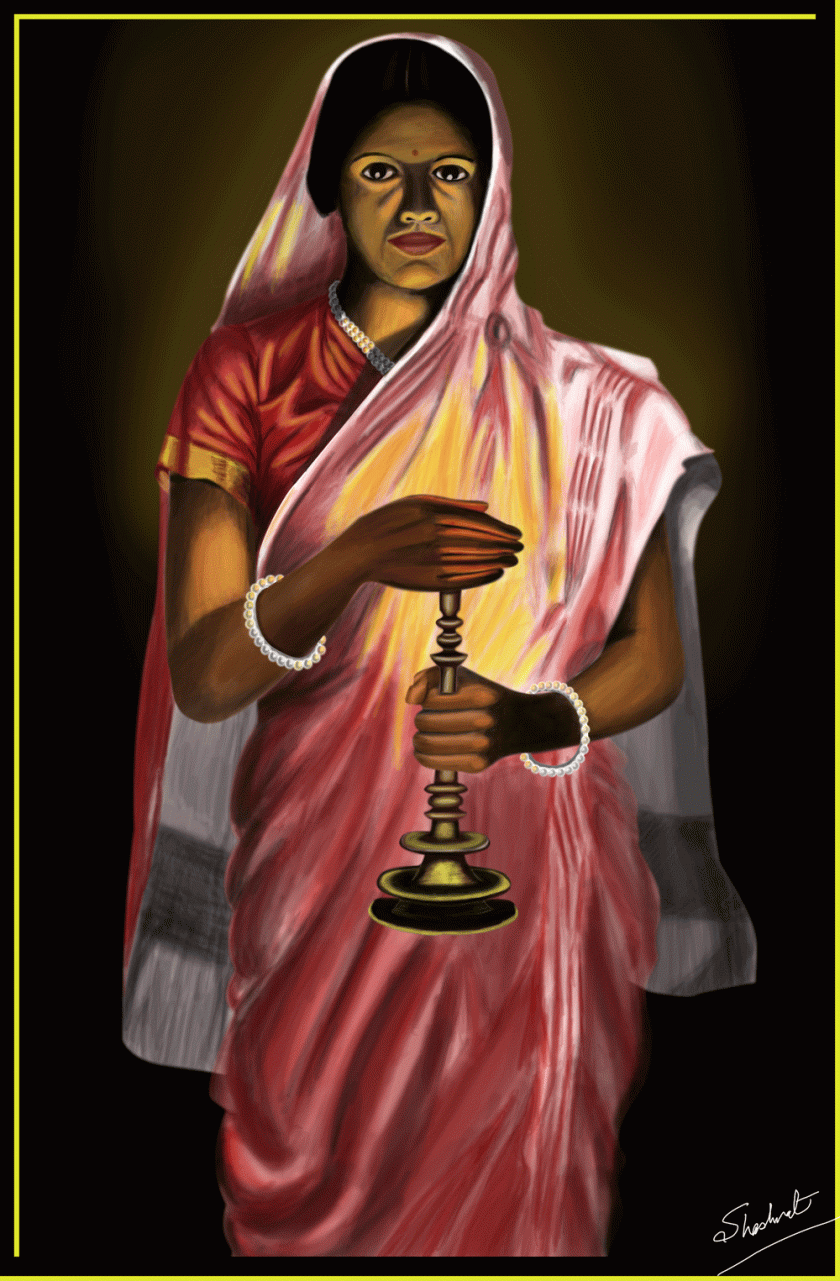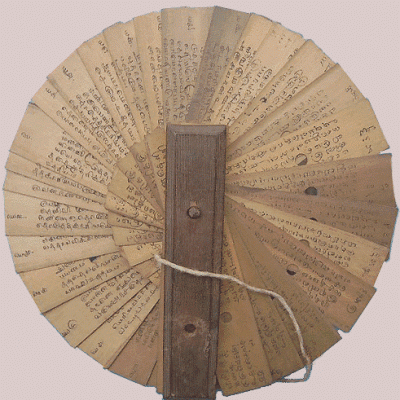Here is a Kannada folktale, translated by the late and much-missed A. K. Ramanujan. It’s a remarkable story, barely five hundred words, and perhaps the perfect example of how fiction can hide enormous complexity in the simplest of packages. Incidentally, Kannada is one of the state languages of India; as the Wikipedia sensibly advises, it should not be confused with Canada.
A Story And A Song
A housewife knew a story. She also knew a song. But she kept them to herself, never told anyone the story nor sang the song.
Imprisoned within her, the story and the song wanted release, wanted to run away. One day, when she was sleeping with her mouth open, the story escaped, fell out of her, took the shape of shoes and sat outside the house. The song also escaped, took the shape of something like a man’s coat and hung on a peg.
The woman’s husband came home, looked at the coat and shoes, and asked her, “Who is visiting?”
“No one,” she said.
“But whose coat and shoes are these?”
“I don’t know,” she replied. He wasn’t satisfied with her answer. He was suspicious. Their conversation was unpleasant. The unpleasantness led to a quarrel. The husband flew into a rage, picked up his blanket, and went to the Monkey God’s temple to sleep.
The woman didn’t understand what was happening. She lay down alone that night. She asked the same question over and over: “Whose coat and shoes are these?” Baffled and unhappy, she put out the lamp and went to sleep.
All the flames of the town, once they were out, used to come to the Monkey God’s temple and spend the night there, gossipping. On this night, all the lamps of all the houses were represented there– all except one, which came late. The others asked the latecomer, “Why are you so late tonight?”
“At our house, the couple quarreled late into the night,” said the flame.
“Why did they quarrel?”
“When the husband wasn’t home, a pair of shoes came into the veranda, and a coat somehow got onto a peg. The husband asked her whose they were. The wife said she didn’t know. So they quarreled.”
“Where did the coat and shoes come from?”
“The lady of our house knows a story and a song. She never tells the story, and has never sung the song to anyone. The story and the song got suffocated inside; so they got out and have turned into a coat and a pair of shoes. They took revenge. The woman doesn’t even know.”
The husband, lying under his blanket in the temple, heard the lamp’s explanation. His suspicions were cleared. When he went home, it was dawn. He asked his wife about her story and her song. But she had forgotten both of them. “What story? What song?” she said.
***
Acknowledgements:
Story source: A. K. Ramanujan, Collected Essays, ed. Vinay Dharwadkar, Oxford India. 1999. pp. 438-439. The featured image is “Lady With A Lamp” and is by Shashvat Dhoorwar and was intended as a homage to Raja Ravi Varma’s painting ‘Lady With A Lamp’. But as Shyam Unni explains, that’s a common misattribution. The original painting’s actually by S.L.Haldankar and was titled ‘Glow of Hope’. The lady in Haldankar’s painting is none other than his daughter Gita Haldankar.



